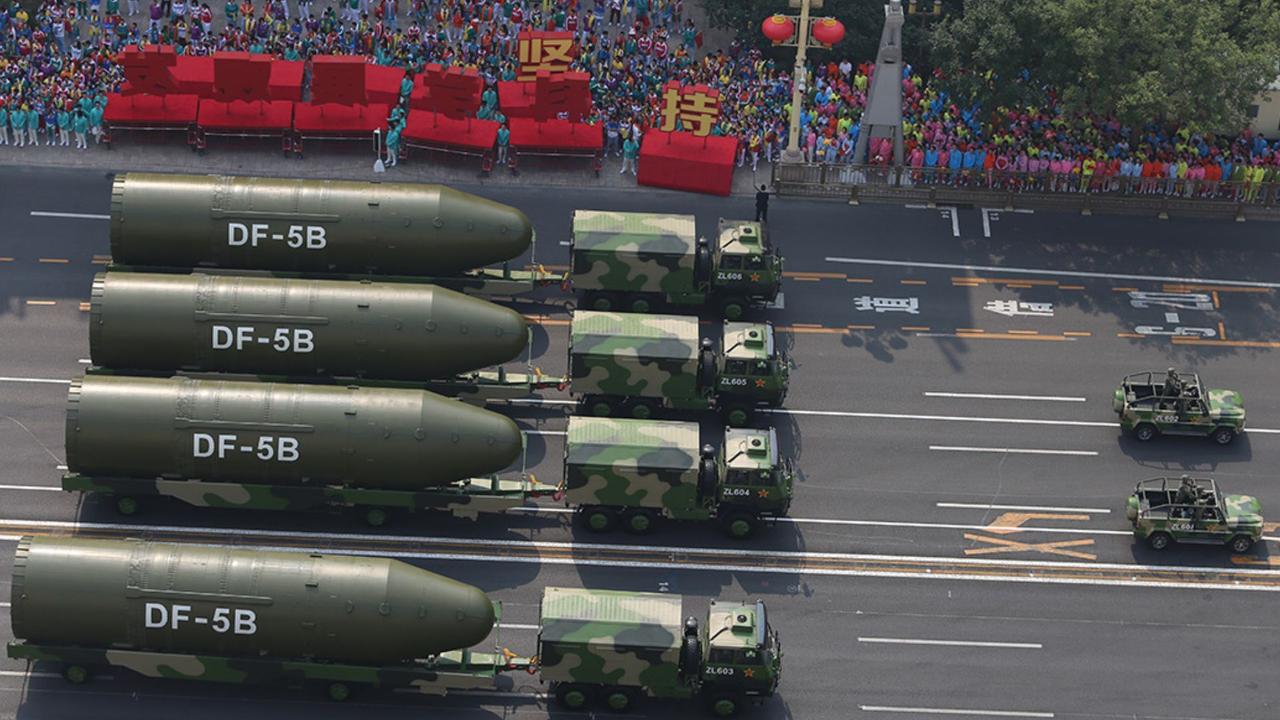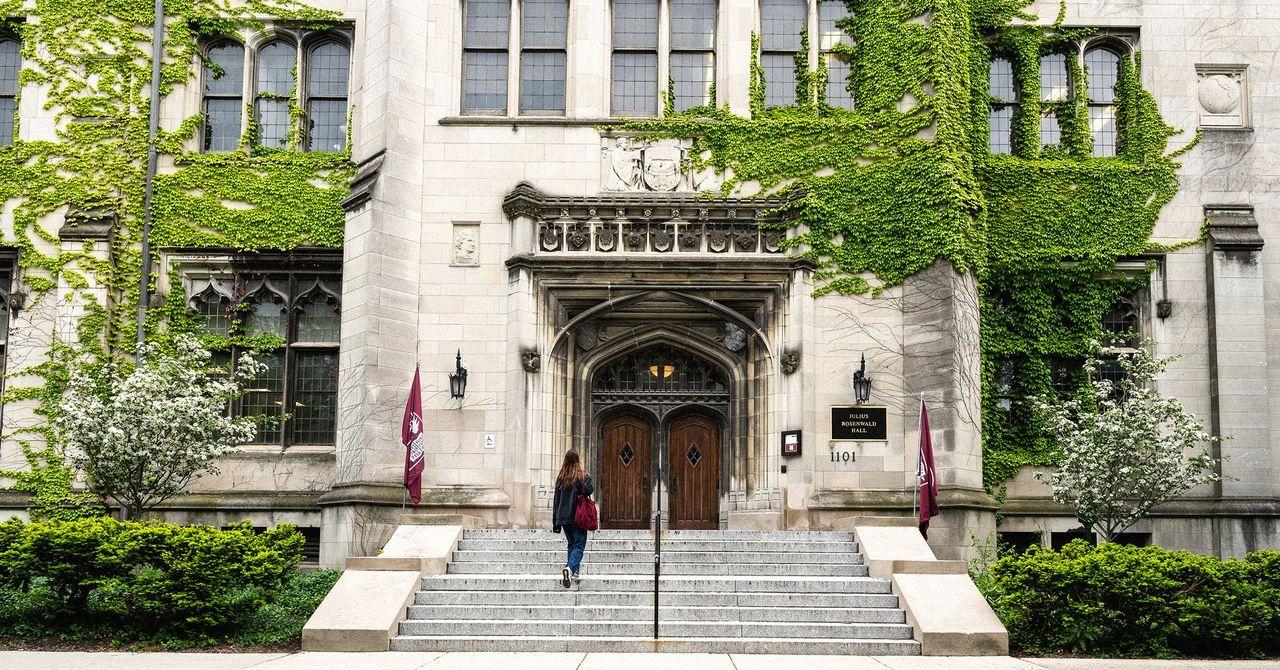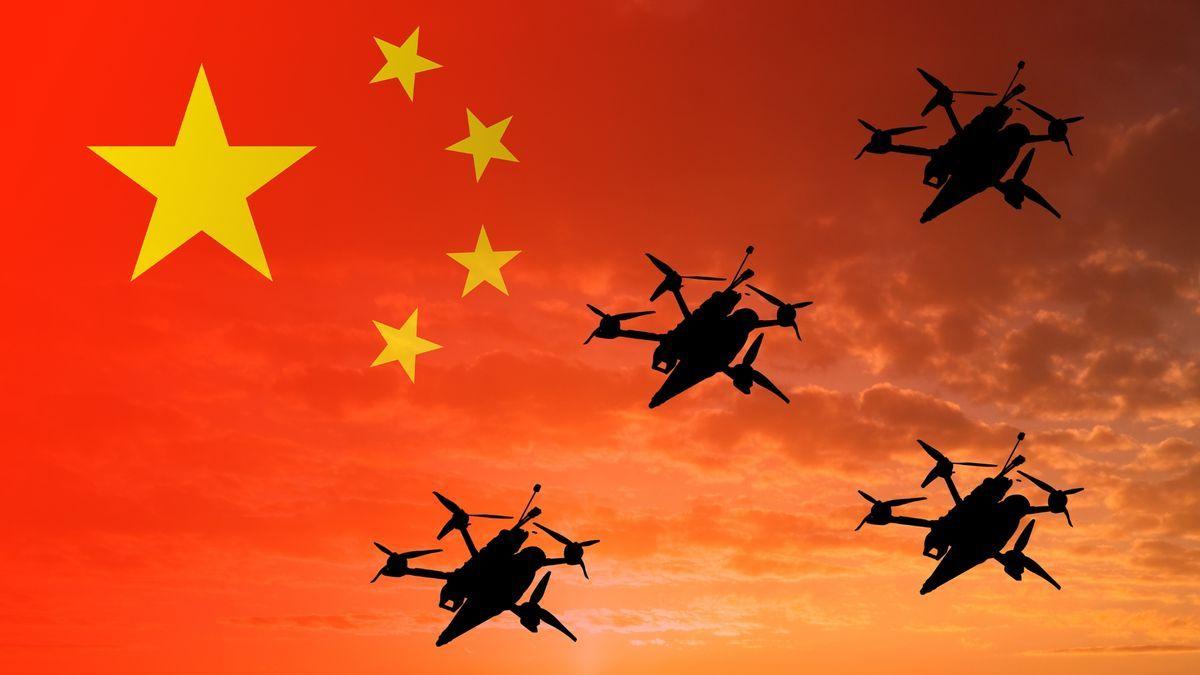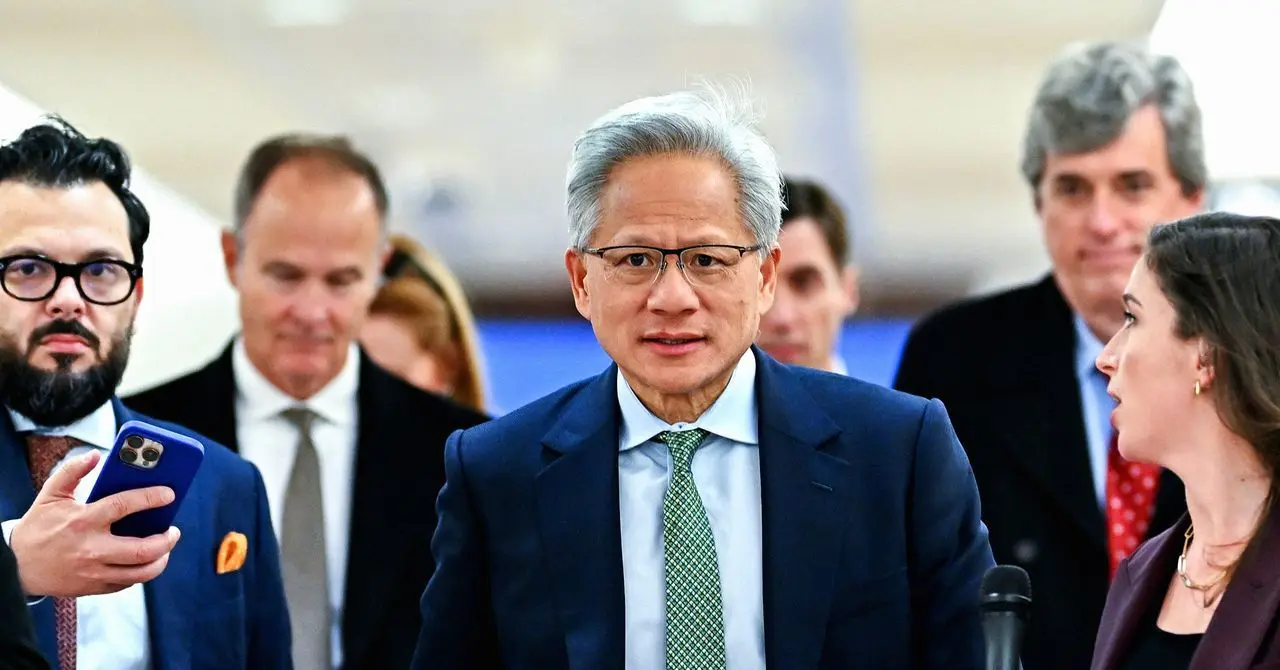China Develops AI System to Detect Nuclear Warheads, Potentially Reshaping Arms Control
2 Sources
2 Sources
[1]
China's AI tech detects nukes from decoys, sparking security concern
Representative image: The second stage of the DF-5B, disassembled for transport. Chinese scientists have allegedly developed an Artificial Intelligence (AI) system that can tell the difference between real nuclear warheads and fake ones (decoys). This is the first time in the world that AI has been used for this kind of arms control task. The research for this system was published in April by the China Institute of Atomic Energy (CIAE). China's position in the global nuclear disarmament talks has stalled currently, but this discovery could help the government improve its position on this subject.
[2]
AI vs Nukes: How China's new tech could shake up global arms control
Chinese researchers have achieved a groundbreaking feat by developing an AI system capable of distinguishing genuine nuclear warheads from decoys. This marks the world's first AI-driven verification tool for arms control, potentially enhancing China's position in international nuclear disarmament negotiations. The system addresses challenges related to sensitive data, military concerns, and skepticism towards traditional verification methods.Chinese researchers have developed an artificial intelligence (AI) system capable of distinguishing genuine nuclear warheads from decoys, marking the world's first AI-driven verification tool for arms control, according to a report by the South China Morning Post (SCMP). The breakthrough, detailed in a peer-reviewed paper published in April by scientists at the China Institute of Atomic Energy (CIAE), aims to enhance China's position in stalled international nuclear disarmament negotiations while sparking wider discussion about AI's role in managing weapons of mass destruction, the report said. The project, based on a verification protocol co-proposed by Chinese and American scientists over a decade ago, faced three major challenges: training the AI with sensitive nuclear data (including real warhead specifications), assuring Chinese military officials that the system would not compromise classified information, and convincing skeptical nations -- particularly the United States -- to move beyond Cold War-era verification methods. As of now, only the first hurdle has been fully addressed, the report added. The CIAE researchers lso acknowledged in their paper published in Atomic Energy Science and Technology that, "Due to the classified nature of nuclear warheads and component designs, specific data cannot be disclosed here." This underscores the tension between scientific transparency and necessary secrecy in nuclear arms control. Named the "Verification Technical Scheme for Deep Learning Algorithm Based on Interactive Zero Knowledge Protocol," the AI system employs a multi-stage approach combining cryptography and nuclear physics. Using Monte Carlo simulations, researchers created millions of virtual nuclear components -- some containing weapons-grade uranium and others disguised with lead or low-enriched materials -- to train a deep learning network on neutron flux patterns. The AI demonstrated extremely high accuracy in identifying authentic warheads, the report said. To prevent direct access to sensitive weapon designs, a 400-hole polythene wall was placed between the inspection apparatus and the warhead, scrambling neutron signals to mask detailed geometry while allowing radiation signatures through. Repeated randomized inspections can reduce the risk of deception to nearly zero. The core innovation lies in verifying a warhead's chain-reaction capability -- critical for a nuclear weapon -- without exposing design details. The AI operates blind to engineering specifics yet can authenticate warheads using obscured radiation data. CIAE, a subsidiary of the China National Nuclear Corporation (CNNC), is a pivotal research center in China's nuclear weapons program. Notably, nuclear physicist Yu Min from CIAE pioneered advancements in miniaturizing China's nuclear arsenal, earning the title "Father of China's Hydrogen Bomb." This technological revelation comes amid stalled US-China nuclear arms talks. While former US President Donald Trump sought renewed dialogue, China has resisted citing its smaller arsenal (estimated 600 warheads vs. America's 3,748) and distrust of traditional verification methods. The CIAE team emphasized, "In nuclear warhead component verification for arms control, it is critical to ensure that sensitive weapon design information is not acquired by inspectors while maintaining verification effectiveness." They noted that current systems -- used by Britain, the US, and Russia -- rely on complex information barriers, which pose challenges including mutual trust issues and vulnerabilities to electronic breaches. To ensure trust and transparency, the researchers propose that the AI system be jointly developed, trained, and verified by both inspecting and inspected parties, with the software sealed before use.
Share
Share
Copy Link
Chinese scientists have created an AI system that can distinguish real nuclear warheads from decoys, marking a significant advancement in arms control technology and potentially influencing global nuclear disarmament talks.
Groundbreaking AI System for Nuclear Warhead Verification
Chinese scientists have developed a revolutionary Artificial Intelligence (AI) system capable of distinguishing genuine nuclear warheads from decoys, marking a significant advancement in arms control technology. This breakthrough, detailed in a peer-reviewed paper published in April by researchers at the China Institute of Atomic Energy (CIAE), represents the world's first AI-driven verification tool for arms control
1
.Technical Innovation and Challenges

Source: Interesting Engineering
The AI system, named "Verification Technical Scheme for Deep Learning Algorithm Based on Interactive Zero Knowledge Protocol," employs a sophisticated multi-stage approach combining cryptography and nuclear physics. Researchers used Monte Carlo simulations to create millions of virtual nuclear components, training a deep learning network on neutron flux patterns
2
.To address security concerns, the system incorporates a 400-hole polythene wall between the inspection apparatus and the warhead, scrambling neutron signals to mask detailed geometry while allowing radiation signatures through. This innovative approach enables the verification of a warhead's chain-reaction capability without exposing sensitive design information.
Implications for Global Arms Control
The development of this AI system could potentially enhance China's position in international nuclear disarmament negotiations, which have been stalled. It addresses three major challenges:
- Training the AI with sensitive nuclear data
- Assuring military officials of data security
- Convincing skeptical nations to adopt new verification methods
The CIAE team emphasized the critical importance of maintaining verification effectiveness while protecting sensitive weapon design information. They propose that the AI system be jointly developed, trained, and verified by both inspecting and inspected parties to ensure trust and transparency
2
.Related Stories
Context and Potential Impact

Source: ET
This technological revelation comes amid stalled US-China nuclear arms talks. China has resisted engaging in these discussions, citing its smaller arsenal (estimated 600 warheads compared to America's 3,748) and distrust of traditional verification methods
2
.The AI system's ability to operate without direct access to sensitive weapon designs could address longstanding concerns about information security in arms control verification. By authenticating warheads using obscured radiation data, it offers a potential solution to the challenge of verifying nuclear arsenals without compromising national security.
Future Prospects and Challenges
While this breakthrough represents a significant step forward in arms control technology, challenges remain. The classified nature of nuclear warhead designs continues to pose obstacles to full scientific transparency. Additionally, convincing other nations, particularly the United States, to move beyond Cold War-era verification methods may require further diplomatic efforts and technological demonstrations.
As AI continues to advance in various fields, its application in managing weapons of mass destruction opens up new possibilities and challenges for global security. The development of this AI system by Chinese scientists may spark wider discussions about the role of artificial intelligence in arms control and international security protocols.
References
Summarized by
Navi
[1]
Related Stories
Recent Highlights
1
OpenAI releases GPT-5.2 AI model after code red memo targets Google's Gemini 3 threat
Technology

2
Disney invests $1 billion in OpenAI, licenses 200+ characters for Sora video generator
Technology

3
Disney accuses Google of massive copyright infringement through AI-generated character images
Policy and Regulation








